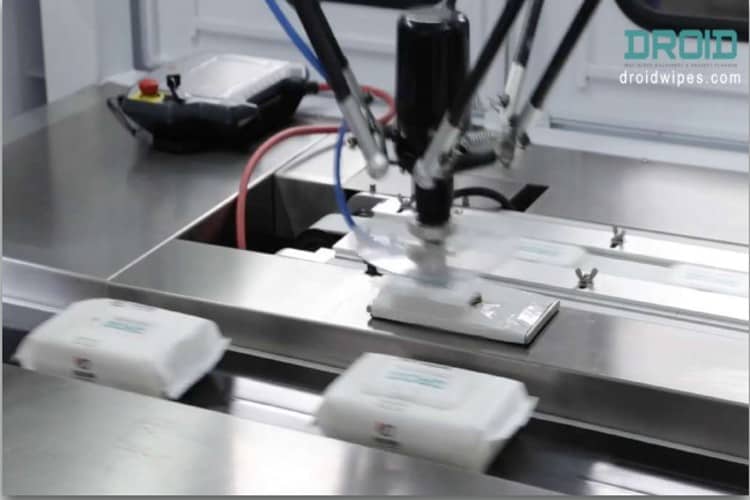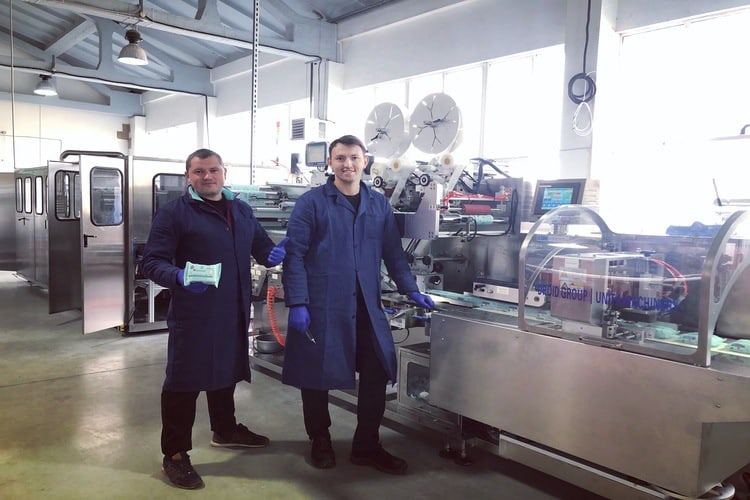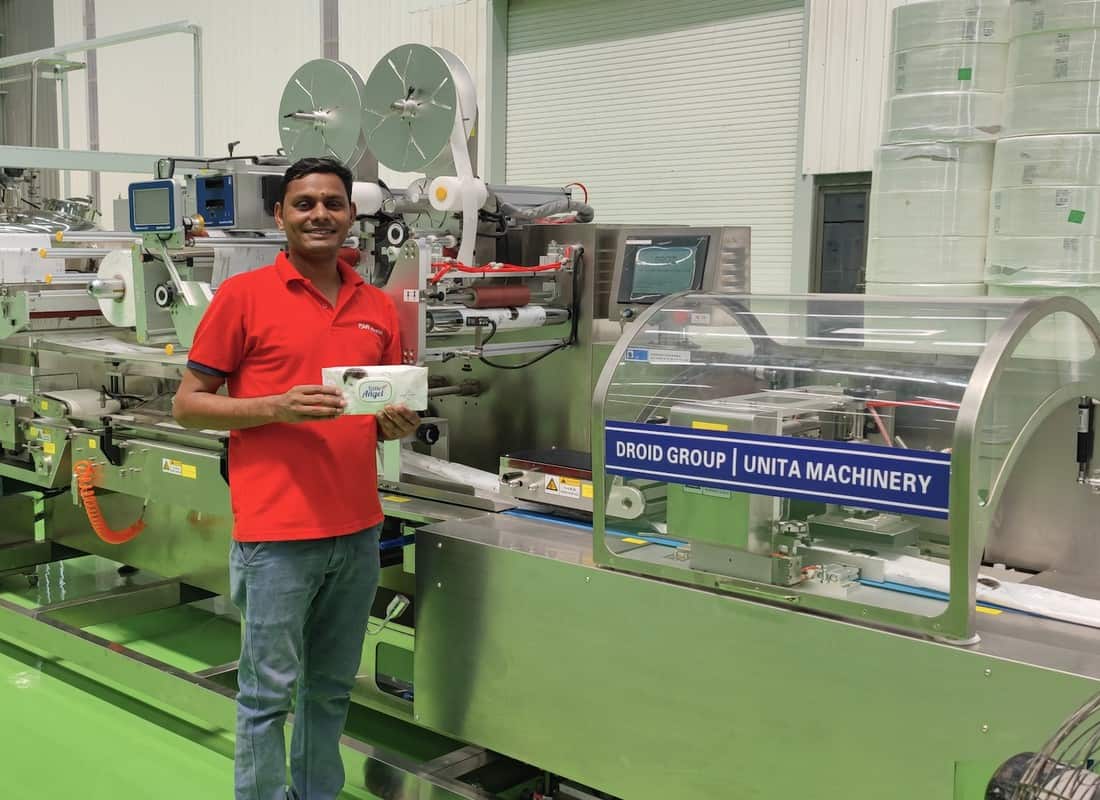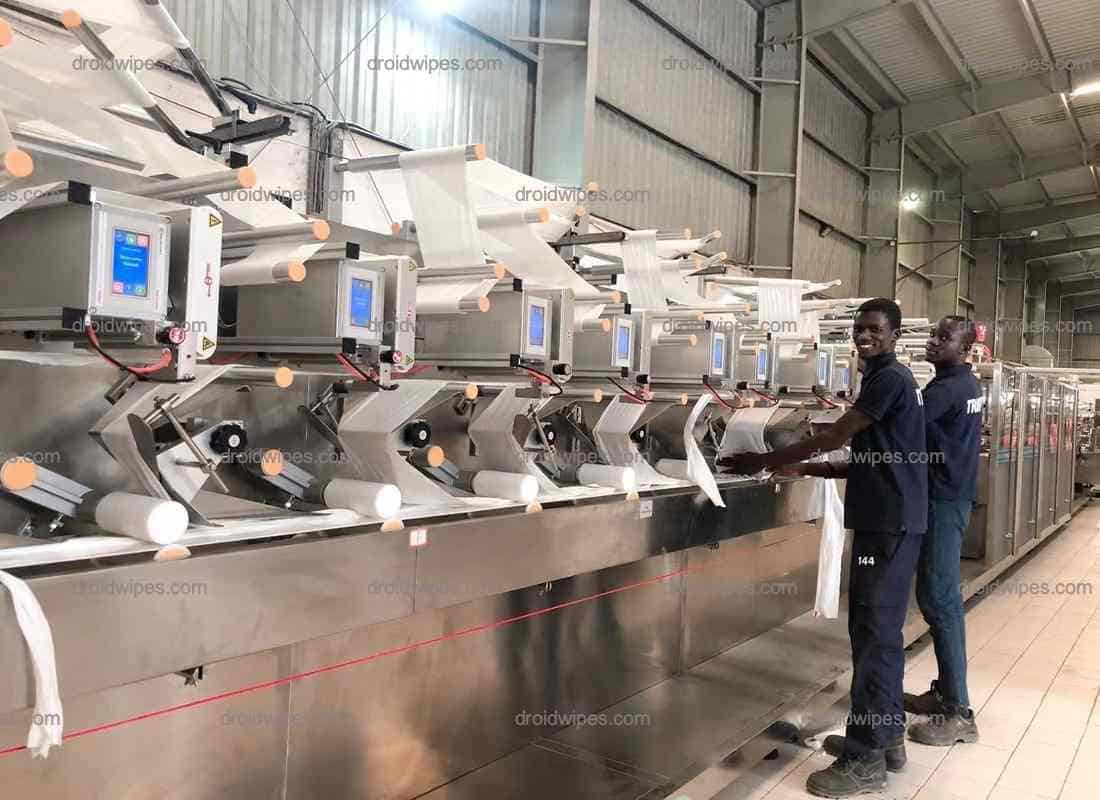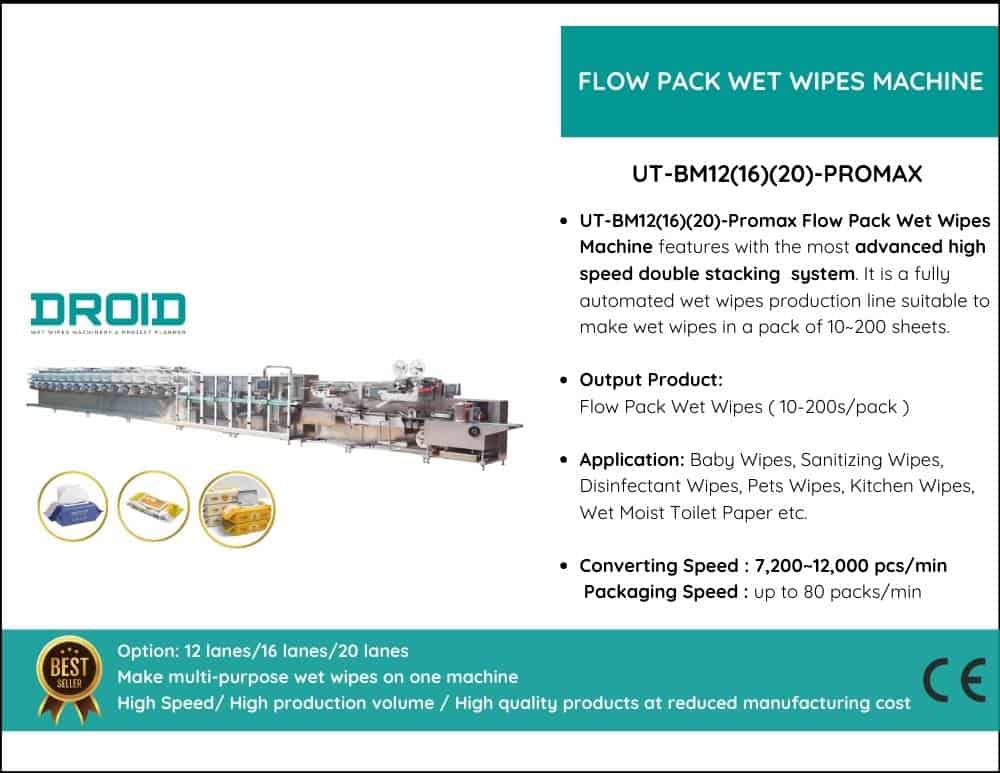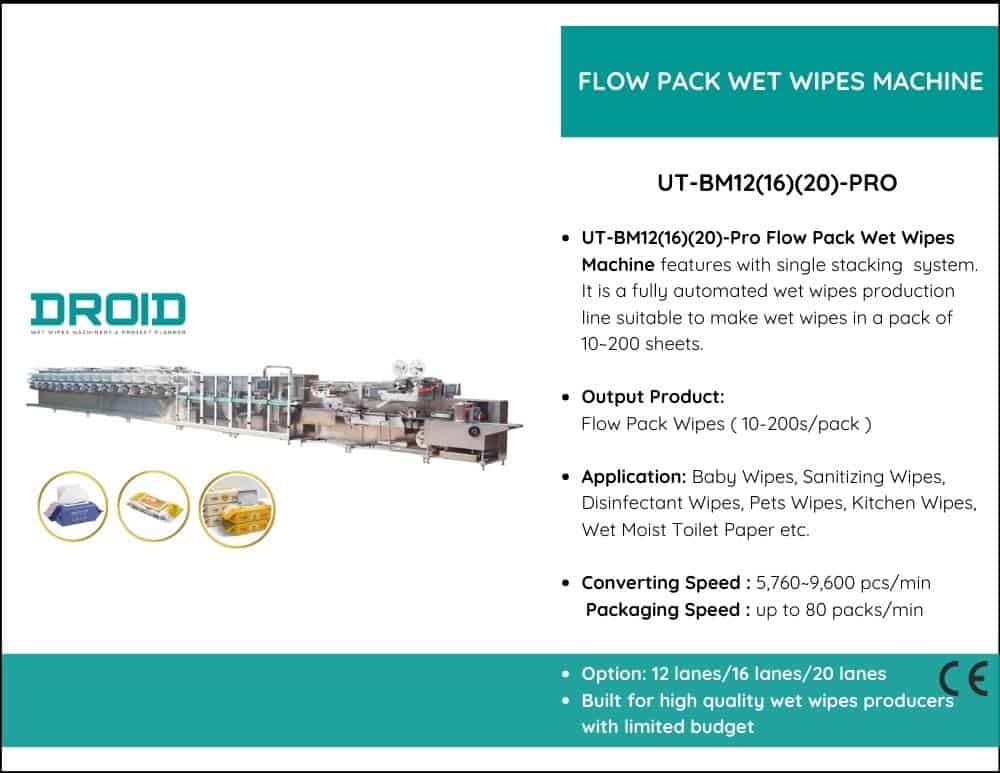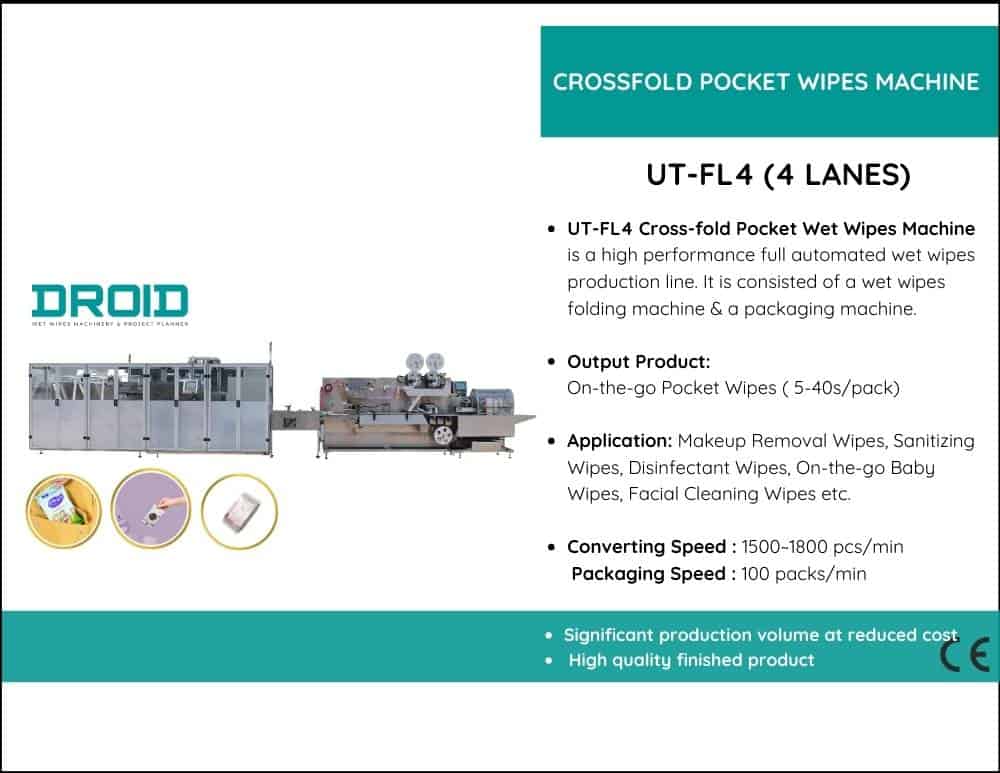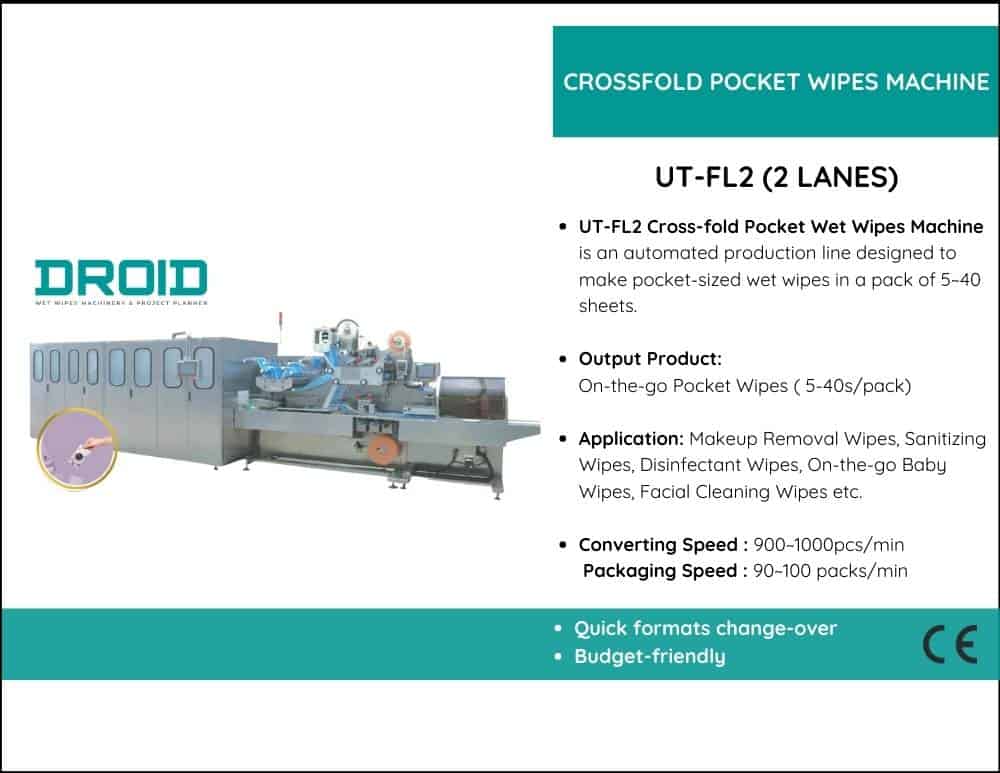How to Clean the Wet Wipes Machine Itself?
Maintaining the cleanliness of your wet wipes machine is a crucial habit that helps preserve the quality of your product, protects your investment, and ensures continuous, smooth production. As a reputable global provider of wet wipes production equipment, DROID offers over ten years of practical expertise. Our engineers collaborate directly with factories worldwide, offering proven cleaning and maintenance procedures that extend equipment life, minimize costly downtime, and prevent contamination. This article provides wet wipes manufacturers with best practices supported by the industry to help them maintain daily production line efficiency.


